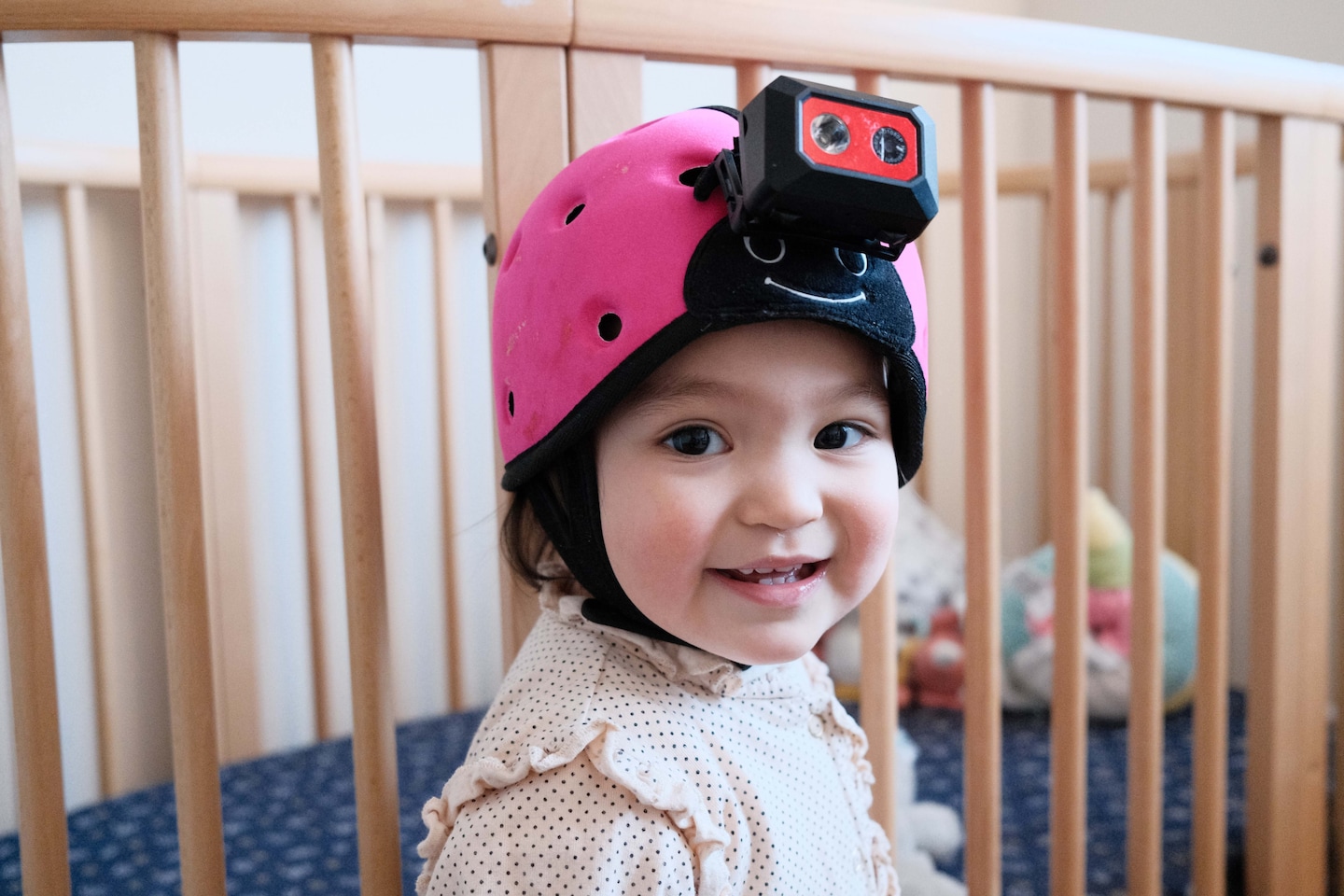Local infusion centers are jumping in to fulfill doctors’ infusion orders when their hospitals – such as Sacred Heart and St. Joseph’s in Eau Claire, Wisconsin – prepare to close, which Hospital Sisters Health System said last month would happen by April 21. They are also critical services for addressing the spike in cancer incidence.
However, infusion staffing shortages are still a challenge for their operations.
Based on a survey of 100 nursing directors and operational leaders at cancer centers across the U.S., LeanTaas, a predictive analytics company, said in its report, The State of Cancer Centers in 2023, that artificial intelligence could drive infusion center digital transformation in three key areas – ongoing staffing shortages, operational constraints and access to healthcare data.
Infusion center staff that work under heavy demand and shortage need “real-time recommendations regarding how to shift or allocate patients to nurses and chairs, based on the actual state of the center, instead of depending on what was “expected” for the day,” said Ashley Joseph, vice president of client services, infusion centers at the company.
Healthcare IT News asked her how AI and data-driven technology can help improve infusion center scheduling, decision making and operations.
Q. How can infusion centers improve scheduling and workload, so they are not so often overbooked and when they face a rapid increase in appointment requests?
A. Infusion centers are under incredible pressure to treat more patients with fewer resources. Too often, they treat packed schedules and tough choices about how to treat patients safely and efficiently as unexpected events.
However, making these choices is the rule, not the exception.
Figuring out where to schedule last-minute additions, what to do when the number of patients needing treatment exceeds appointment slots, and/or how to predict day-of cancellations and shifting capacity are what make the difference between a smooth day and a stressful day for patients and staff. Capacity management is also a critical part of ensuring patient safety.
These unplanned events are simply part of daily operations, and infusion centers can plan and handle these events with the same efficiency and confidence that “routine” scheduling is handled – with the help of AI and predictive analytics.
AI-powered solutions use historical data to determine patterns of predictability that the human eye can’t see or process. They also analyze this data to determine a center’s unique volume and mix trends, all of which are used to create optimal scheduling templates that create appropriate space for all patients that need treatment, including add-ons.
If volumes increase, scheduling templates are adjusted accordingly. It takes sophisticated data science to sort through the literal googol of possible permutations to help a center have the best chance at a smooth, safe day – every day – for their patients and staff.
The most advanced AI-powered solutions can also adjust templates based on changes in operating hours, nurse coverage, chair numbers and other variables that help infusion centers make capital and other operational decisions wisely and safely.
Q. How can they improve decision-making, especially when they are treating patients outside of the hospital setting, such as the a la carte services stepping up when hospitals close?
A. The goal of every cancer center – and every person who has any role in oncology operations at any level – is to get every patient diagnosed with cancer started on the appropriate treatment as quickly as possible.
Having more pathways that increase the odds of that being possible for every newly diagnosed or relapsing patient is fantastic, and it’s great that innovative problem-solving is underway in this arena. If standalone centers can provide the same quality of care as hospital-based centers, especially regarding patient safety and appropriate nursing and provider support, more patients will get treatment faster, which is a win for the entire cancer care universe.
That said, these standalone centers need to be just as focused on strong operations and processes as hospital-based centers since the patient experience in cancer care is critical. This means that patient wait times need to be minimized, drug wait times need to be reasonable and disruptions in the daily schedule need to be managed appropriately.
AI-powered solutions can reliably lower patient wait times by 30%, and reduce staff overtime by 50%, while also accommodating a 15% increase in patient volume growth in infusion centers. When centers utilize technology that delivers operational excellence, this translates to the patient experience – creating a more seamless and smooth care journey, even if care is transitioned between hospital and non-hospital providers.
Q. If 31% of infusion centers as indicated in the LeanTaas cancer center status report for last year would consider using AI to improve their operations, what is your advice as they move forward to expand service?
A. AI is just now becoming part of the daily cancer center vernacular, but it’s been used for years to inform and improve operations. Every other service industry that is also asset intensive (airlines, rideshare, package delivery) uses sophisticated AI to predict demand patterns at a very fine level of granularity, understand capacity constraints – you need people, equipment, rooms, and supplies to deliver a clinical service – and develops intelligent, [AI/machine learning-] based algorithms to dynamically balance demand and supply minute-for-minute to optimize capacity and maximize throughput.
Infusion centers must also turn to AI-powered solutions to provide life-saving services for the growing number of patients who need them.
There’s an incredible opportunity for infusion centers to lean into AI-powered solutions when it comes to day-of operations. For example, process steps like patient readiness, patient assignment and drug premixing algorithms are all areas that can benefit from the incorporation of AI tools.
These are all tasks that currently require multi-step, often human-intensive focus, but also have billions of possible permutations that even the smartest human can’t evaluate simultaneously. Finding ways to tap into AI to create the initial sort of options – even if a human is ultimately required to complete/validate the answer – can create next-horizon efficiencies for nurses and infusion center administrators alike.
Another area of opportunity relates to empowering infusion center staff.
Advanced AI-powered solutions can give charge nurses real-time access, at their fingertips, to every dynamic that is happening in their center. This type of tool can also make real-time recommendations regarding how to shift or allocate patients to nurses and chairs, based on the actual state of the center, instead of depending on what was “expected” for the day. This type of prediction and prescription is the next horizon in harnessing AI to maximize the efficiency of a center’s physical and staffing resources.
Finally, my advice is to pair the best AI with the best service.
Throwing software over the wall doesn’t deliver results. It takes people, process and technology to achieve and sustain meaningful improvements. Pairing AI and automation with a dedicated team of experts who are laser-focused on helping the center drive change management, establish systemwide governance and deliver customized support is the key to ensuring ongoing success.
Andrea Fox is senior editor of Healthcare IT News.
Email: [email protected]
Healthcare IT News is a HIMSS Media publication.










